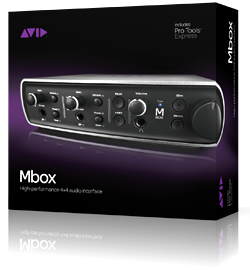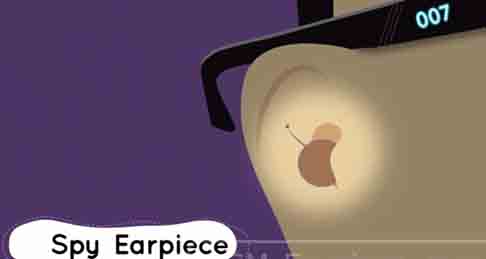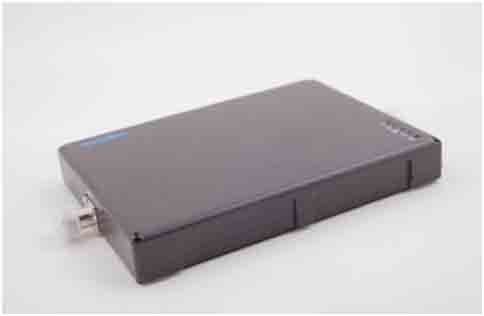Fitness Trackers: Revolution in Health
How would you feel if someone said you could be followed around all day by your doctor, a personal trainer and a sleep therapist? Most of us would be pretty scared. Sure, having access to their knowledge and advice would be great for peace of mind, but having three people following you about would be a little odd. For those of you who don’t want to have to buy four seats on the train to work instead of one, a new wave of fitness trackers means that technology has once again come to the rescue.
Fitness trackers are designed to be discreet and nonintrusive, quietly tracking your activity and health whilst you go about your daily business. Many of them are designed to be worn like watches or bracelets, while others clip onto your belt or simply sit in your pocket, tracking your steps and activity levels and beaming that data back to your smartphone, laptop or tablet, so you can view the results at your own leisure, if you’ll pardon the pun.
The geek inside all of us will be overawed at some of the information which can be tracked: everything from the number of steps you’ve taken to detailed analysis of your sleep patterns. The latter can be particularly useful, as a good night’s sleep is what sets you up for the day ahead and, let’s face it, we’re otherwise unable to see how good our sleep was on any given night because… well, because we’re asleep. Fitness bands never sleep, though, which is nice.
A number of different options are available, each with their own advantages. The Fitbit One, for example, can clip onto your belt or trousers and track your steps, distance walked and calories burned. Fairly basic information, but vital for keeping fit. The Basis Carbon Steel is designed to look like a rather cool watch, boasting a heart rate monitor and sleep analysis functionality. Even cooler-looking is the Jawbone UP and UP24 (the latter is constantly beaming information to your smartphone, meaning it doesn’t need to be plugged in), which looks like a generic wristband and is available in a number of colours. Again, sleep analysis functionality is included as standard, as is activity monitoring and calorie intake.
Put simply, there are a number of options available depending on what matters most to you. The arm-based devices tend to be best at tracking sleep and pulse rates, for example, while pocket-based trackers are best for tracking your steps and movement, as a general rule. Whether you’re using an iPhone or an Android based smartphone, you’ll be able to track your data and results with ease, so you can compare your results with your targets, enabling you to effectively track against your personal fitness goals.




